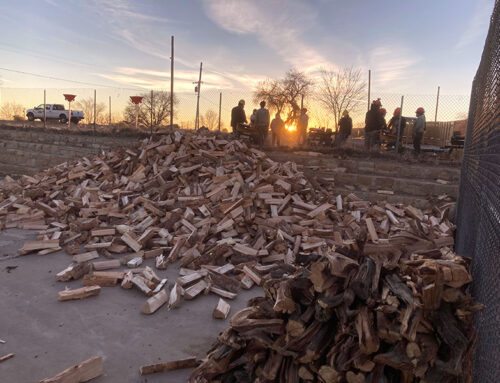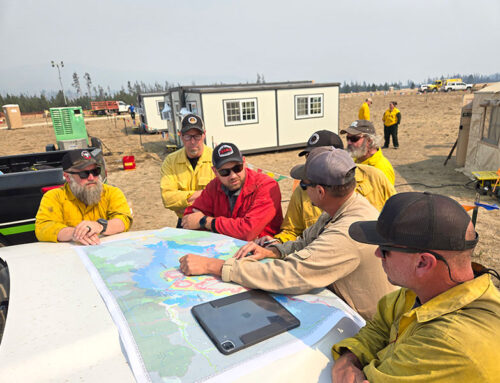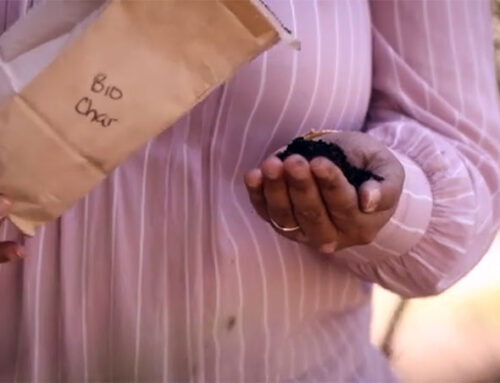The Forest Landscape Restoration Act (FLRA) was passed in 2009 and established the Collaborative Forest Landscape Restoration Program (CFLRP). The purpose of the CFLRP is to “encourage the collaborative, science-based ecosystem restoration of priority forest landscapes” through a competitive funding program administered by the Forest Service.
The CFLRP uses a Common Monitoring Strategy of ecological and socio-economic monitoring questions and indicators required of all projects to determine their progress and areas for improvement. One core component of the CFLRP Common Monitoring Strategy relates to monitoring collaborative governance, which refers to the processes and structures of decision making and management that encourage people and organizations to cross boundaries, work together, and otherwise accomplish a public purpose that could not be done alone.
The Southwest Ecological Restoration Institutes (SWERI) are working in coordination with CFLRP coordinators to develop, deploy, and report on a new monitoring indicator for collaboration as part of the CFLRP National Common Monitoring Strategy. SWERI designed a collaborative governance assessment to monitor collaborative health, function, and resilience, as well as perceived outcomes of collaborative work for all currently funded CFLR projects to support program reporting and adaptive management.
Some of the highlights from this recent work include:
- Completing an assessment with all the currently funded CFLRP projects, which consisted of a survey sent to each project’s participants; nearly 400 responses were received. The SWERI generated reports and presentations for 15 CFLRP projects to use to inform their collaborative processes moving forward. The current reports can be found here.
- Participating in a recent webinar to share results aggregated across all the CFRLP projects that was hosted by the National Forest Foundation and called, Collaborative Forest Landscape Restoration Program: Exploring Collaborative Health, Resilience and Governance. A recording of the session can be found here.
- Contributing to a national report to Congress on progress and outcomes from 15 years of CFLRP funding.
- Drafting a national report that summarizes findings from across all the CFLRP projects and provides recommendations for supporting collaborative health and governance.




